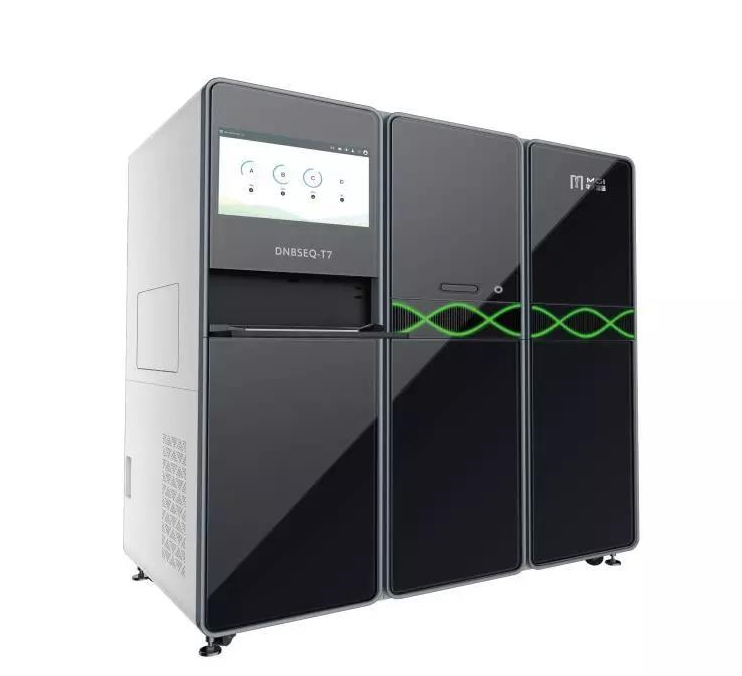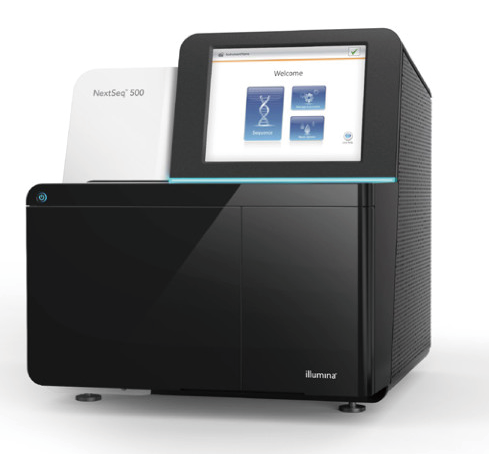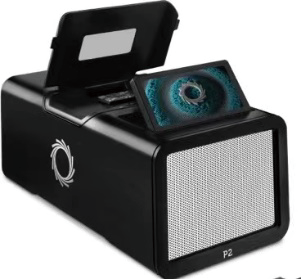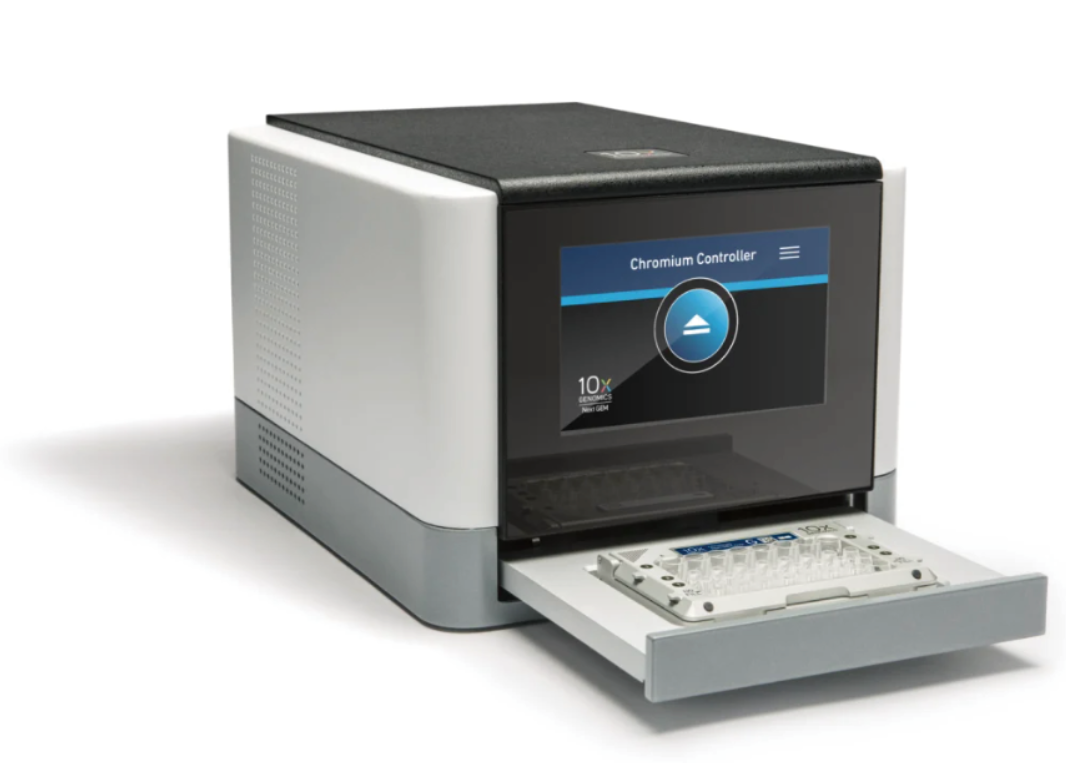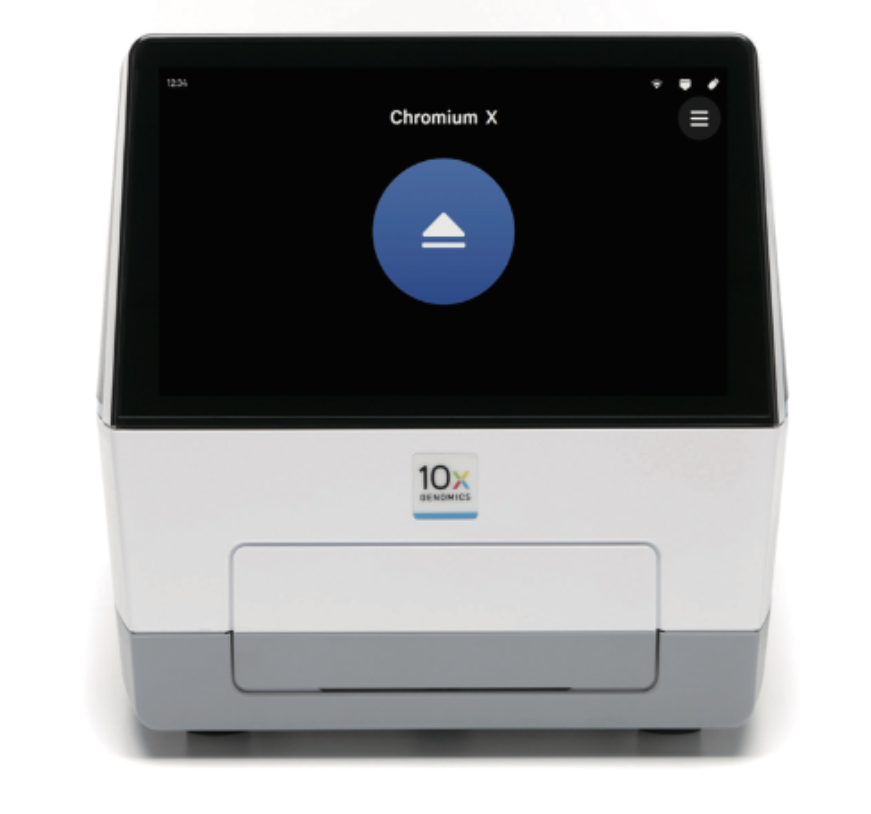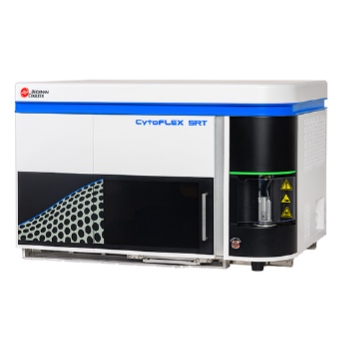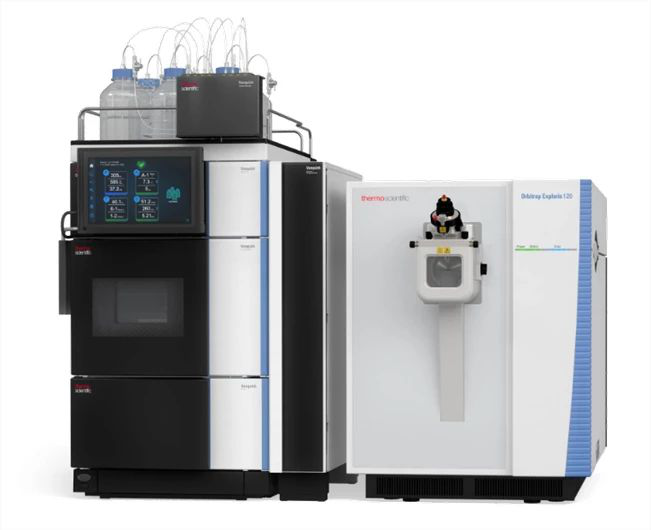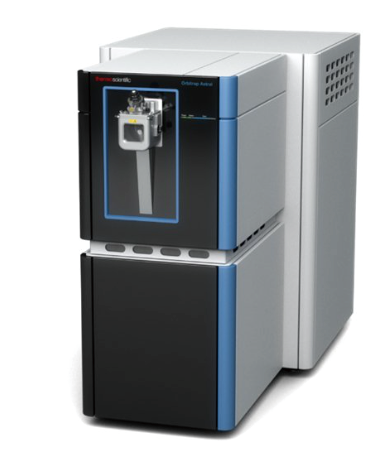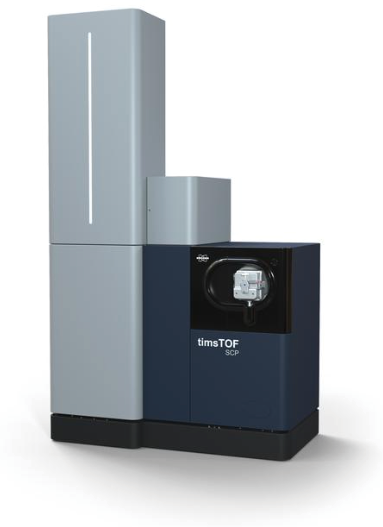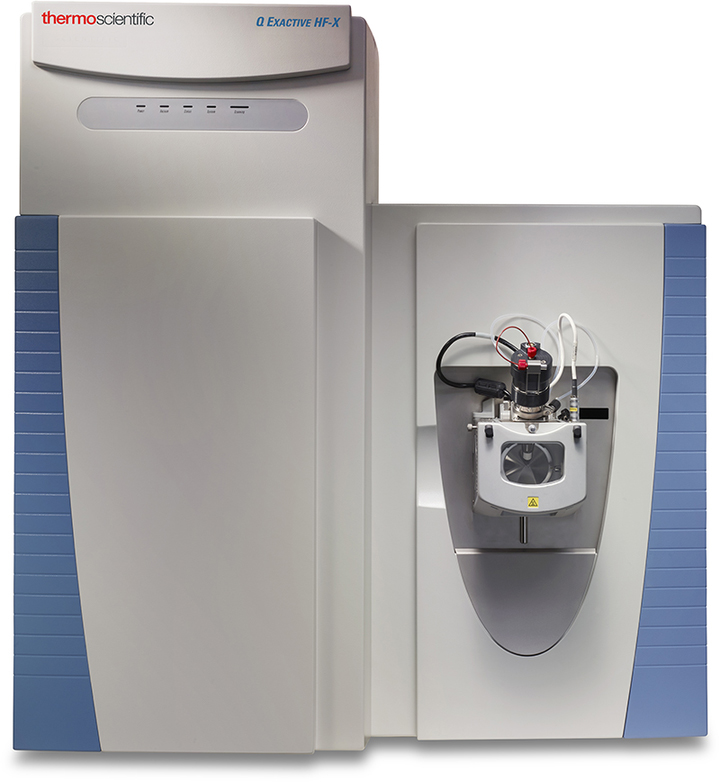SSR/STR Genotyping
Microsatellite or named short tandem repeat (STR), is a kind of DNA sequence formed by several base pairs as the core unit. The variation of the repeat number of core unit constitutes the genetic polymorphism of STR loci. Because of its short sequence, it can be easily amplified from genomic DNA by PCR, which greatly simplifies the operation of microsatellite polymorphism analysis. Researchers only need to design one or more pairs of primers at the target locus to amplify the gene from the template DNA by PCR. SSR/STR has the advantages of wide distribution, easy detection, high polymorphism, and codominant inheritance. At present, SSR/STR analysis has been widely used in genetic mapping, linkage analysis, paternity testing, disease gene mapping and species polymorphism research.
Genotyping Principle
Multiple microsatellite polymorphic sites are amplified by fluorescent labeled PCR primers, and then the amplified fragments are separated by high-resolution capillary electrophoresis. The length of amplified fragments is determined by fluorescence detection system (ABI sequencer).
Sample Requirements
1) Genomic DNA: at least 100 ng/sample (3-5μl for each polymorphic site, concentration 30-50ng/μl); the samples are suggested to dissolve in ddH2O; if not, please indicate the solution and the type of inhibitors that may remain.
2) PCR products with high specificity.
3) If primer design service is needed, please provide the target fragment sequence or microsatellite detection site. After the primer is designed, it needs to be confirmed by the customer.
Experimental Workflow
Provide blood samples or DNA samples - Determine STR loci, design and synthesize specific PCR amplification primers (fluorescent labeled primers) - PCR amplification, and obtain the relevant data of amplified fragments through electrophoresis detection - ABI3730XL sequencer reads the amplified fragment size information.





